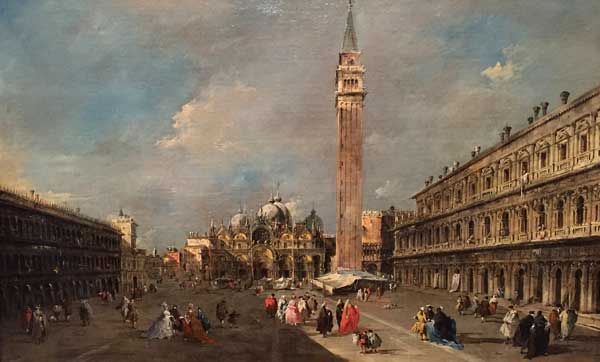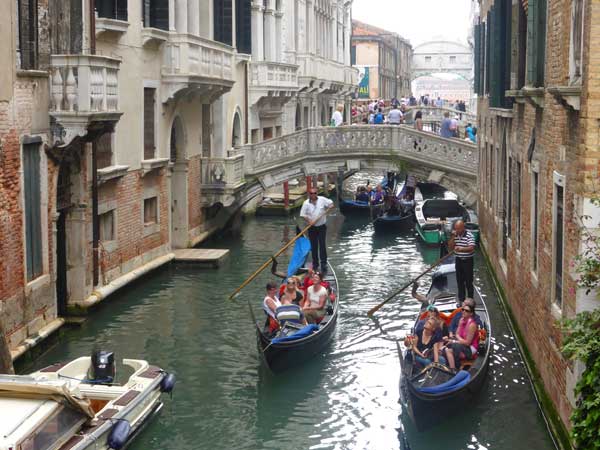The Stones of Venice

(John Ruskin) (3 volumes, 1851-3)
Ruskin, high priest of fine art and architecture, wrote these 3 volumes based on a deep well of learning and meticulous research, including a Pevsner-like mountain of sketches and using the new technique of daguerreotype, a revolution in architectural appreciation and review.
It will be read from cover to cover now only by art historicists, not architects, for on aesthetics Ruskin (like Carlyle) is a man out of time: “art is valuable or otherwise , only as it expresses the personality, activity, and living perception of a good and great human soul; …it may express and contain this with little help from execution, and less from science; and …if it have not this, if it show not the vigour, perception, and invention of a mighty human spirit, it is worthless.”
Although he imposed overly strict rules, and was particularly and unevenly severe when it came to gothic architecture, he picked a great city state to use as his aesthetic template, one which he obviously loved. Who indeed could spend time with Venice and not fall for her?

The sinking city has inspired artists of all kinds for millennia, such as Corot, Canaletto and others:
https://www.facebook.com/watch/?v=783483769102491
Leave a comment...
While your email address is required to post a comment, it will NOT be published.













1 Comment